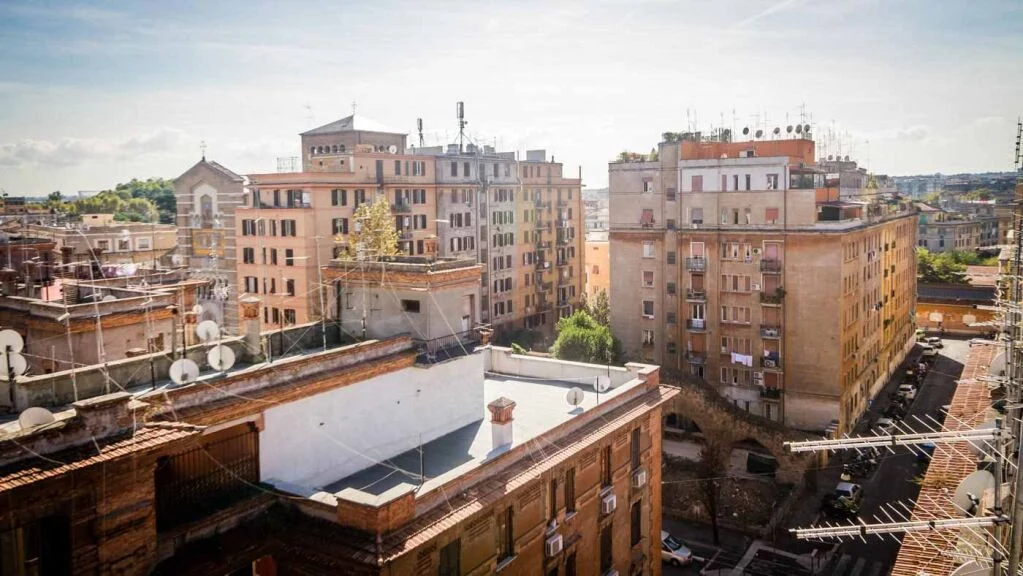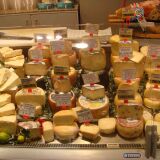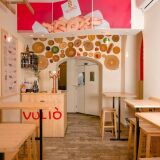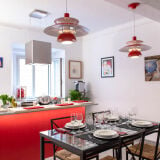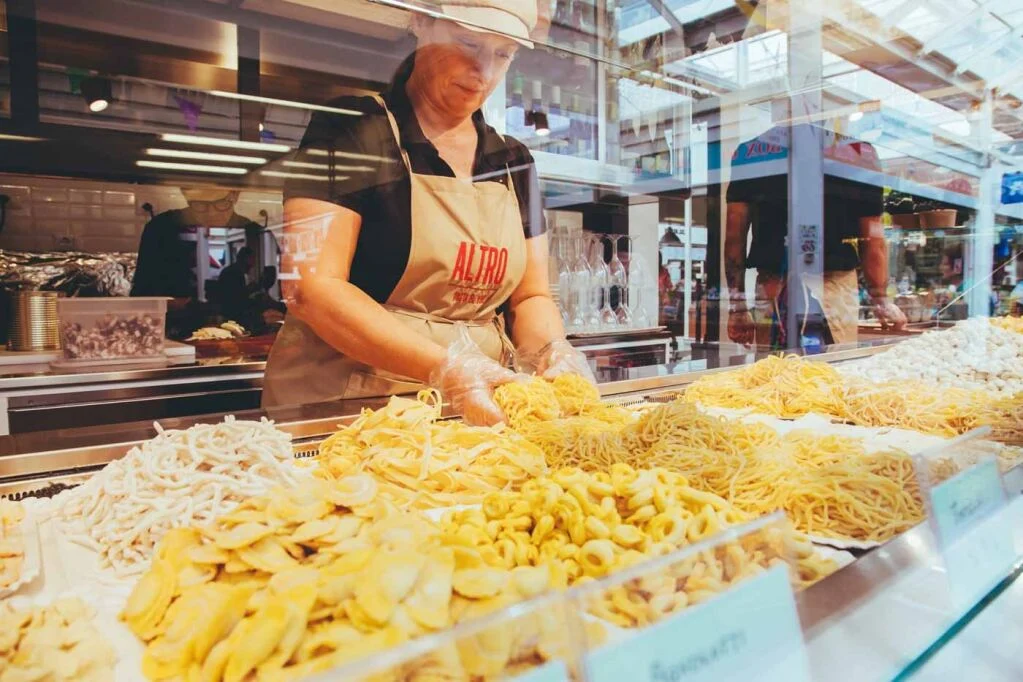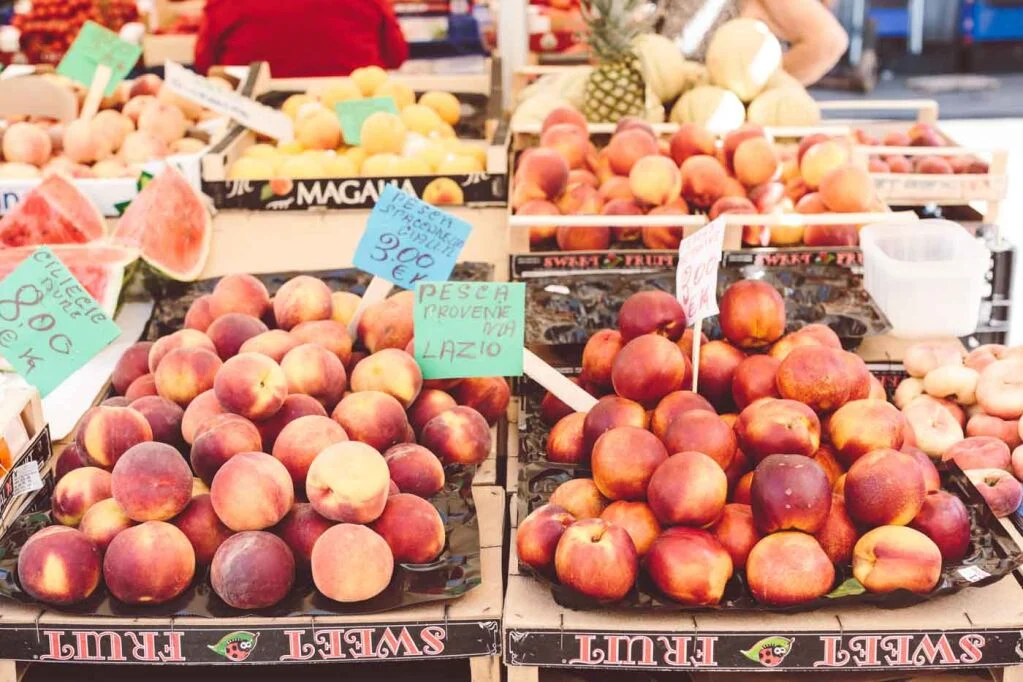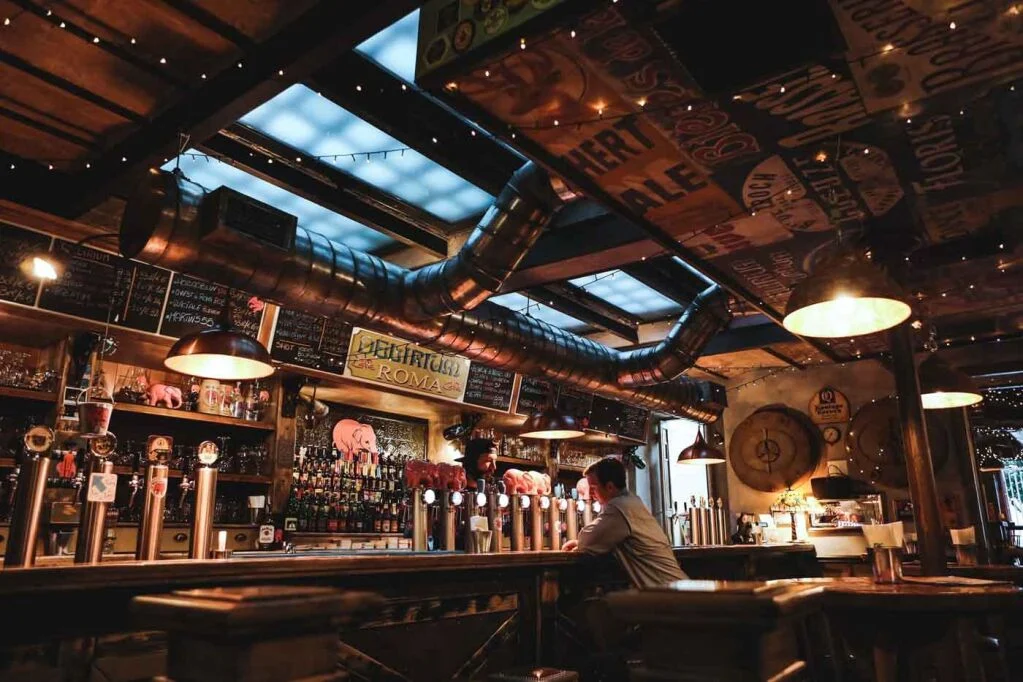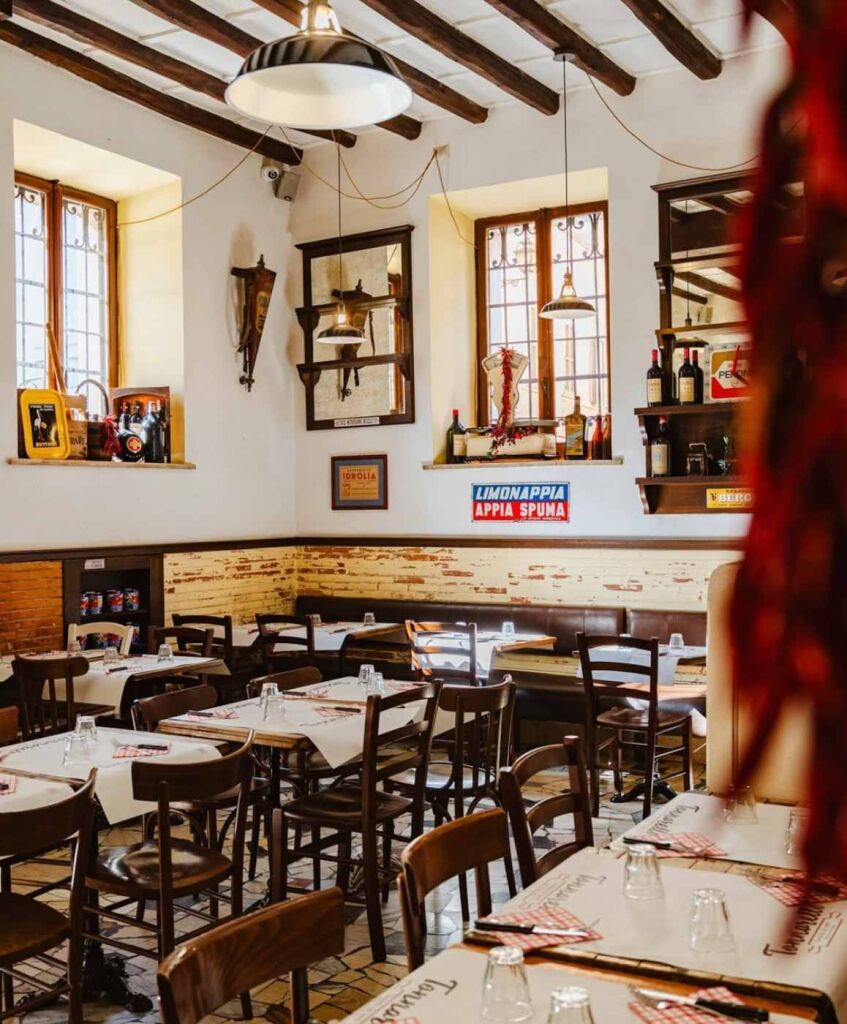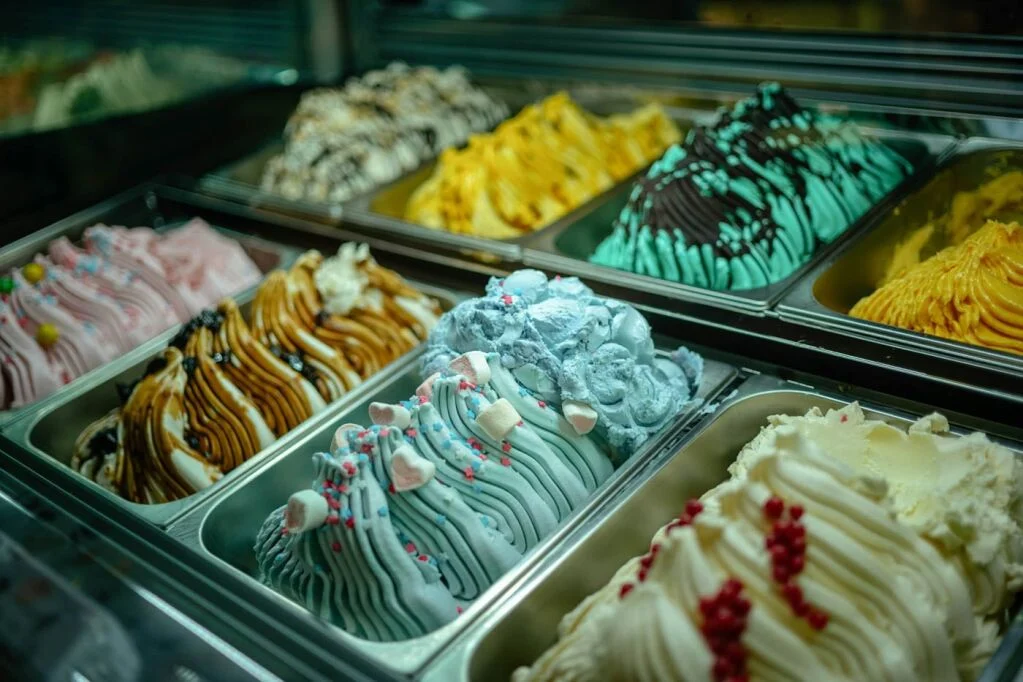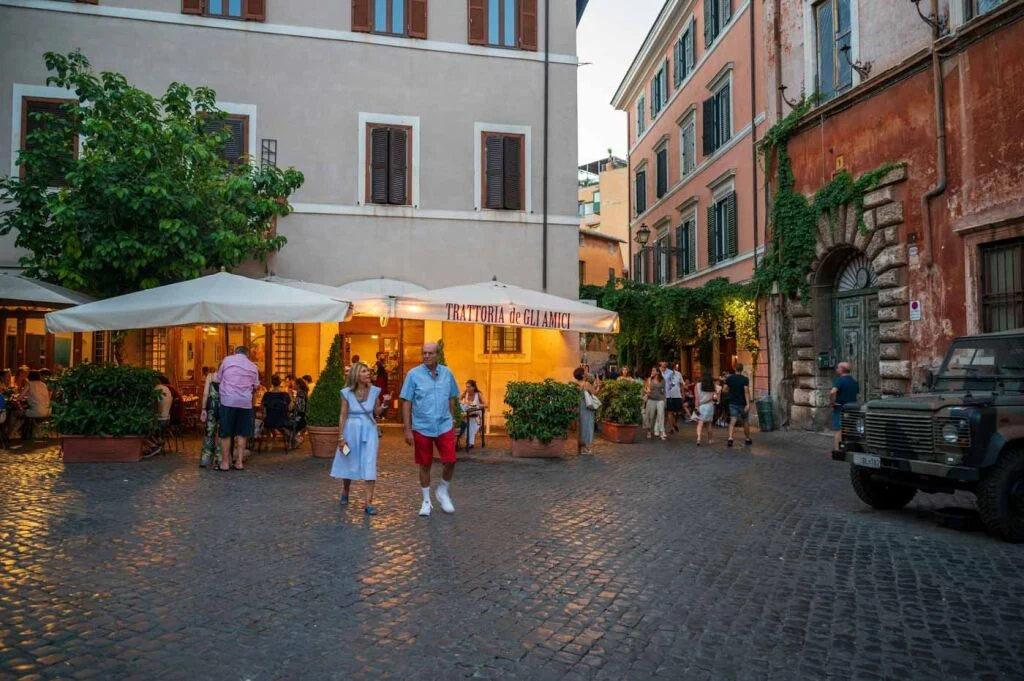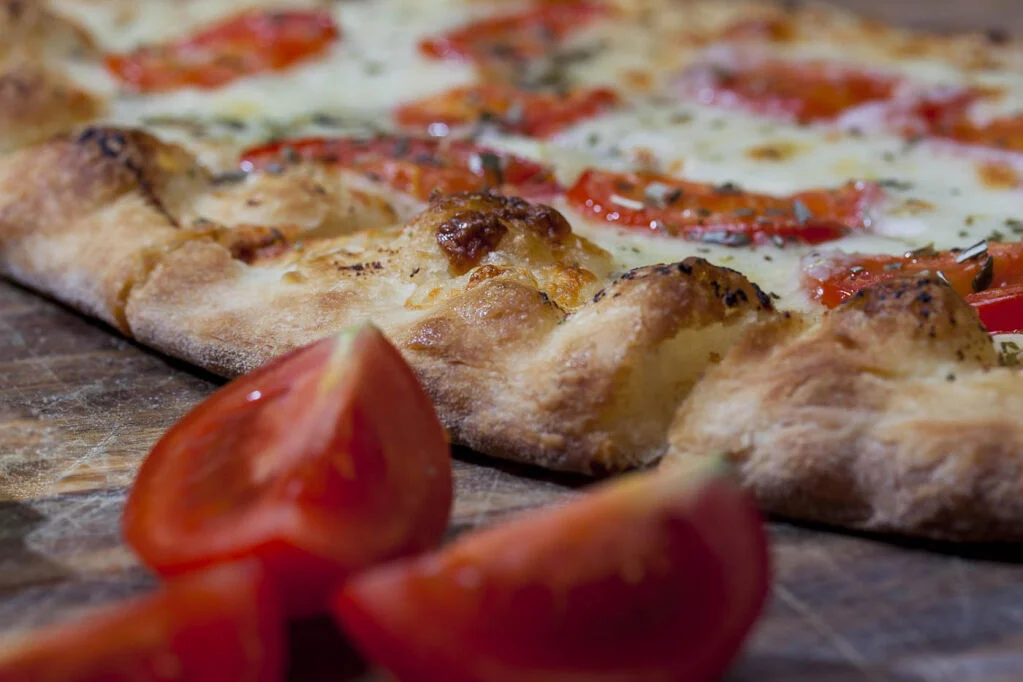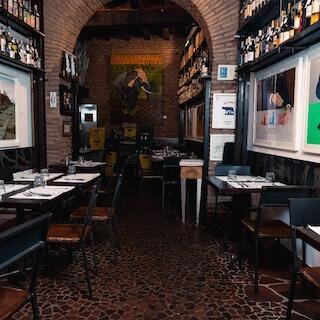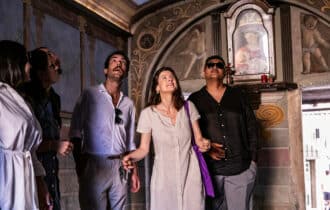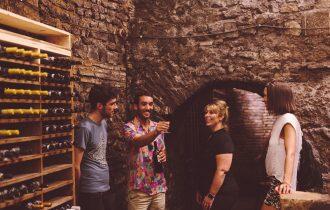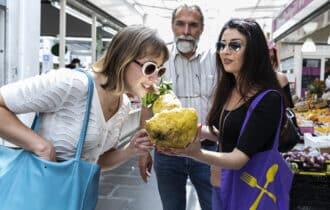Best Restaurants in Testaccio: Where to Eat Like a Local
The first time I walked through the streets of Rome’s Testaccio neighborhood, the aroma of food nearly made me swoon with hunger. It’s no small surprise cons...
Rome
Testaccio Market: Rome’s Local Food Haven Hidden in Plain Sight
Rome’s Testaccio neighborhood is the culinary heart of the Eternal City. So, it only makes sense that Testaccio Market is the soul of so many amazing classic...
Best Markets in Trastevere: A Local’s Guide to Food, Finds & Flea Market Charm
Overview of Trastevere’s Market Culture Like most quintessentially Roman neighborhoods, Trastevere has its fair share of historic marketplaces and bustling b...
Best Bars in Trastevere: Where to Sip in Rome’s Coolest Quarter
Trastevere has long been known as one of Rome’s most exciting nightlife hubs. In fact, it’s often the area I recommend to anyone on my Rome food ...
Trastevere Restaurants: Where to Eat in Rome’s Most Charming Neighborhood
Overview of Trastevere as a Dining Destination Trastevere’s restaurants are some of my favorite in all of Rome. Between the quaint family-style haunts,...
Must Try Gelato in Trastevere: Rome’s Creamiest Picks
Trastevere’s endless eateries serve up some of the finest food in Rome, and one thing the area does particularly well is gelato. I’ve sampled the...
Trastevere Street Food: What to Eat and Where to Find It
Why Trastevere Is a Street Food Hotspot Trastevere has long been known as one of Rome’s most picture-perfect neighborhoods, and what better way to expl...
Best Pizza in Trastevere: A Local’s Guide to Rome’s Top Slices
Why Trastevere Is a Pizza Lover’s Paradise Considering it’s a neighborhood famed for its foodie offerings, it’s little wonder Trastevere boasts s...
The Ultimate Guide to Lunch in Rome
In Rome, lunch is much more than a meal. It’s an integral part of the city’s culture as it offers an opportunity to pause, savor, and connect wit...
Eating Europe Tours
Eternal Rome: Jewish Ghetto, Campo de' Fiori and Trastevere
Explore the historic Campo de' Fiori market, tasting unique dishes in the Jewish Ghetto and enjoying VIP access to top restaurants in Trastevere, including a Slow Food Presidium.
- Mon-Sat
- 4 Hours
- Small Group
Twilight Trastevere Rome Food Tour
Enjoy Trastevere's hottest spots and best kept secrets like a true VIP
- Daily
- 4 Hours
- Small Group
